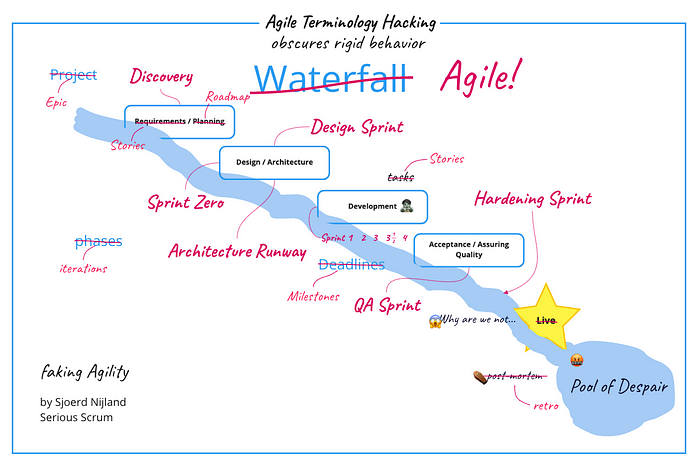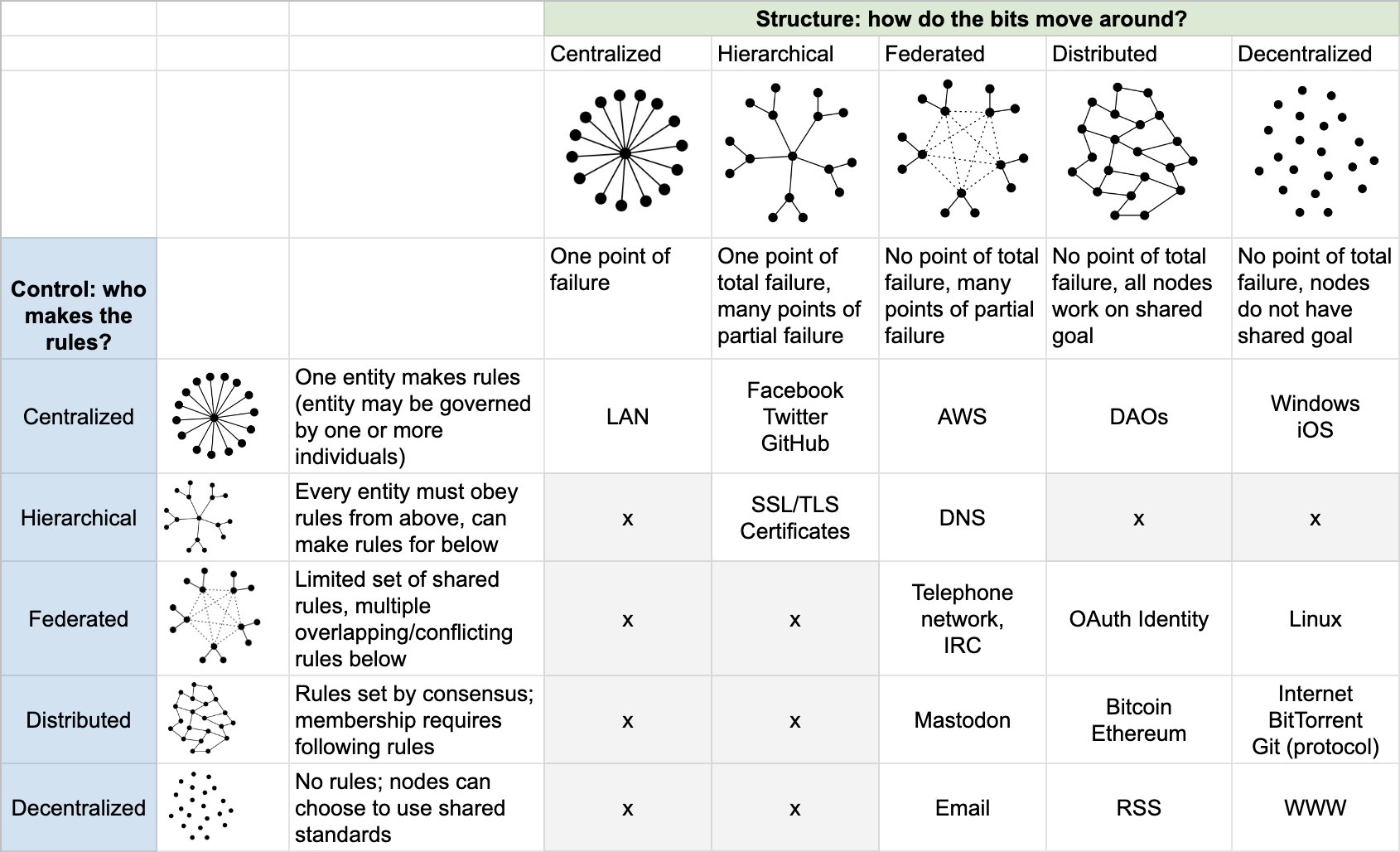Deutsch’s close friendJoseph Stolz, writing of the Chicago rabbi Bernard Felsenthal (1822–1908) who hadpenned a history of that city’s Jews and was instrumental in the 1892 formation of theAmerican Jewish Historical Society, noted that Felsenthal ‘was not the systematic orga-nizer who worked with a stenographer and card-index’ (Stolz, 1922: 259).
Great example of a historian implying the benefit of not only a card index, but of potentially how commonplace it was to not only have one, but to have stenographers or secretaries to help manage them.
Link this to the reference in Heyde about historians and others who were pushed to employ stenographers or copyists to keep their card indexes in order.
Given the cost of employing secretaries to manage our information, one of the affordances that computers might focus on as tools for thought is lowering the barrier for management and maintenance. If they can't make this easier/simpler, then what are they really doing beyond their shininess? Search is obviously important in this context.
What was the reference to employing one person full time to manage every 11 or 12 filing cabinets' worth of documents? Perhaps Duguid in the paper piece?





